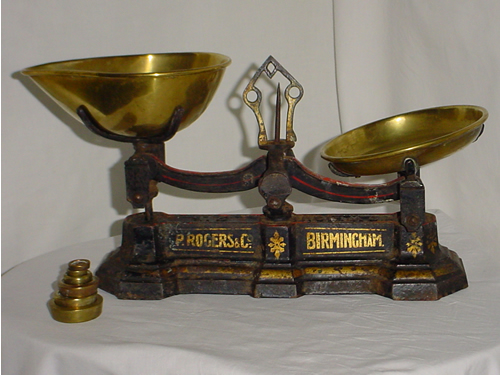Proving Your Maryland Auto Accident Case
 Because of television legal dramas, most people know about the burden of proof. For criminal cases, the burden of proof is usually “beyond a reasonable doubt.” In civil cases, like car accidents, truck accidents and medical malpractice, the standard is “more likely than not.”
Because of television legal dramas, most people know about the burden of proof. For criminal cases, the burden of proof is usually “beyond a reasonable doubt.” In civil cases, like car accidents, truck accidents and medical malpractice, the standard is “more likely than not.”
Lawyers often use the “scales of justice” example. If you have a scale in perfect balance, and you place all of the victim’s evidence on the left, and all of the defendant’s evidence on the right, a victim wins if her side is ever so slightly heavier than the other side. 50.0000001% is a plaintiff victory. In a criminal case, the prosecution’s evidence must be much “heavier”–basically, they have to be pushing it down to the ground.
That’s all very abstract. Let’s use a common scenario. Say you provide evidence at trial (say, your own testimony and testimony of an independent witness) that you are stopped at a red light for 30 seconds. You also provide evidence that the defendant crashed into the back of your car. Unless the defendant can provide some evidence that, for example, you backed into him, he will lose because your evidence indicates that it is more likely that he crashed into you. This is one reason why most rear-end collisions result in a plaintiff’s verdict.
 Maryland Car Accident Lawyer Blog
Maryland Car Accident Lawyer Blog

